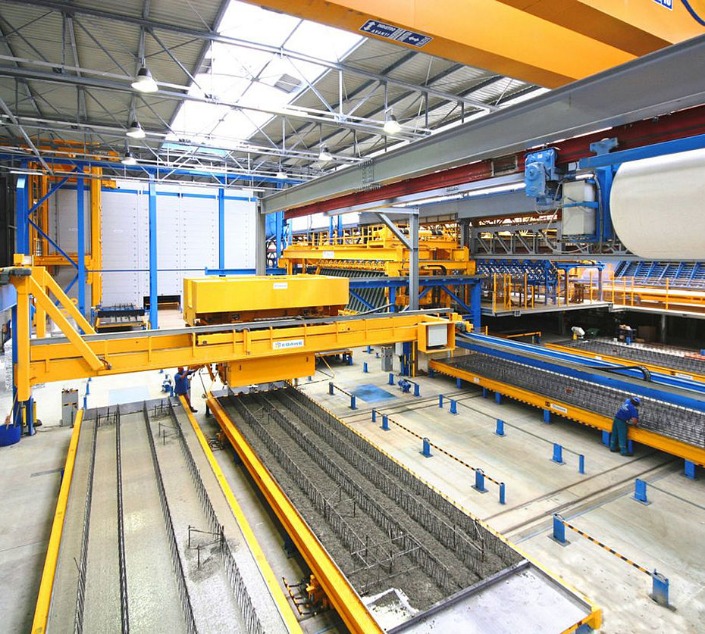Revolutionizing Subsurface Investigations with Modern Technology
Understanding the intricate details beneath the surface is crucial for various industries. Techniques like Ground Penetrating Radar (GPR), Utility Locating, Concrete Scanning, and Concrete X-ray have significantly advanced, providing precise and actionable data for construction, archaeology, and engineering projects.
The Innovation of Ground Penetrating Radar (GPR)
Ground Penetrating Radar (GPR) has transformed the way subsurface features are mapped and analyzed. Utilizing electromagnetic waves, GPR identifies anomalies in the ground, detecting objects, changes in material properties, and voids. This technology is invaluable for activities such as Utility Locating, where it helps in identifying the exact positions of buried utilities like pipelines and cables.
Utility Locating: Enhancing Safety and Efficiency
In construction and maintenance projects, Utility Locating is essential for identifying the position and depth of underground utilities to avoid accidental damage. GPR aids in this process by providing a detailed map of subsurface conditions, ensuring that excavation and drilling activities can be carried out safely and efficiently.
Read more about Concrete X-ray here.
Concrete Scanning: Precision in Structural Analysis
For the analysis of existing structures, Concrete Scanning is a vital technique. By employing non-destructive methods such as GPR and Concrete X-ray, engineers can detect embedded objects like rebar, post-tension cables, and conduits. This is crucial for tasks like remodeling and structural evaluation, where knowledge of the internal composition is necessary to maintain the integrity of the structure.
Concrete X-ray: Detailed Internal View
Concrete X-ray provides a detailed internal view of concrete structures. Unlike GPR, which uses electromagnetic waves, Concrete X-ray uses X-rays to penetrate the surface and reveal the interior construction. This method is highly effective for Rebar locating and identifying other critical components within the concrete.
Rebar Locating: Ensuring Structural Integrity
Rebar locating is a critical process for maintaining structural integrity. By precisely identifying the position of reinforcing steel bars within concrete, engineers can ensure that any modifications or repairs do not compromise the strength of the structure. Both GPR and Concrete X-ray are instrumental in this task, providing accurate and reliable data.
Electrical Locating: Avoiding Hazards
Electrical locating is essential for identifying the position of underground electrical cables. Using GPR, technicians can map out the location of electrical lines, reducing the risk of accidental contact during excavation or drilling. This enhances the safety of workers and prevents costly outages caused by damaged cables.
Conclusion
The integration of advanced technologies like Ground Penetrating Radar (GPR), Utility Locating, Concrete Scanning, and Concrete X-ray has revolutionized subsurface investigations. By providing precise, non-destructive analysis, these techniques ensure safety, efficiency, and accuracy in a variety of applications, from construction to archaeology.


Leave a Reply